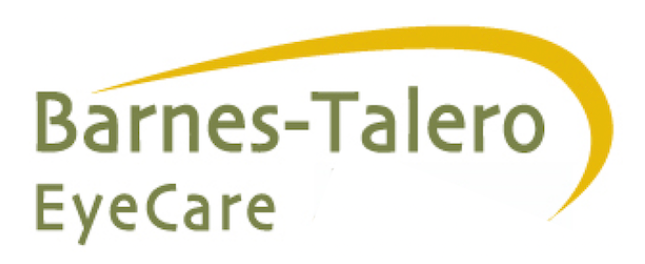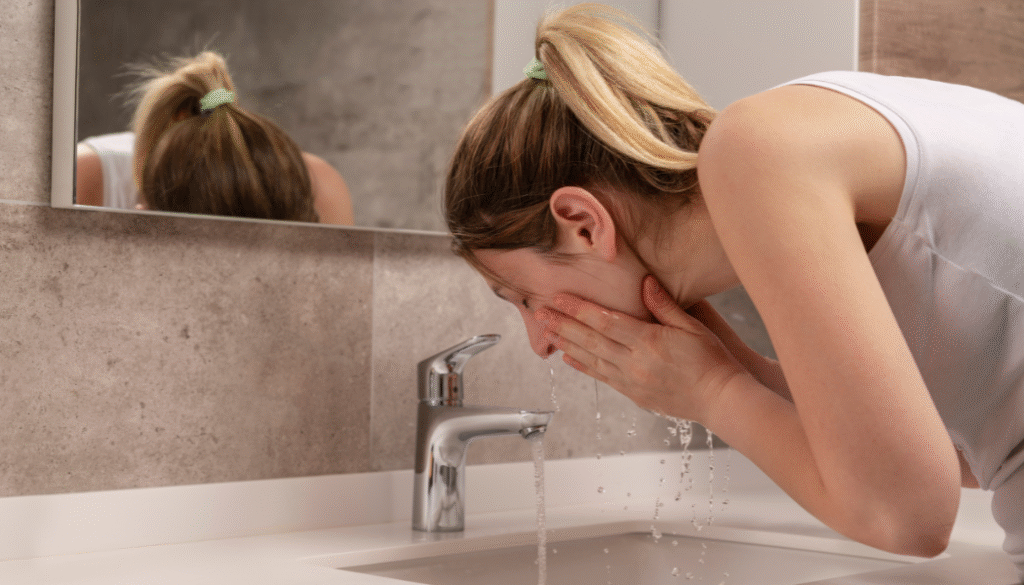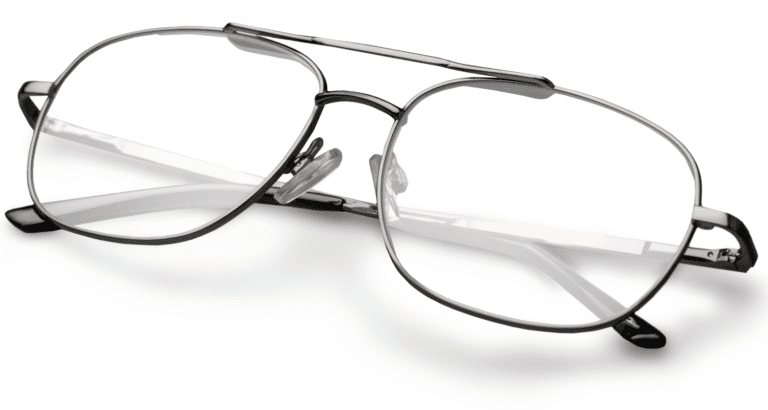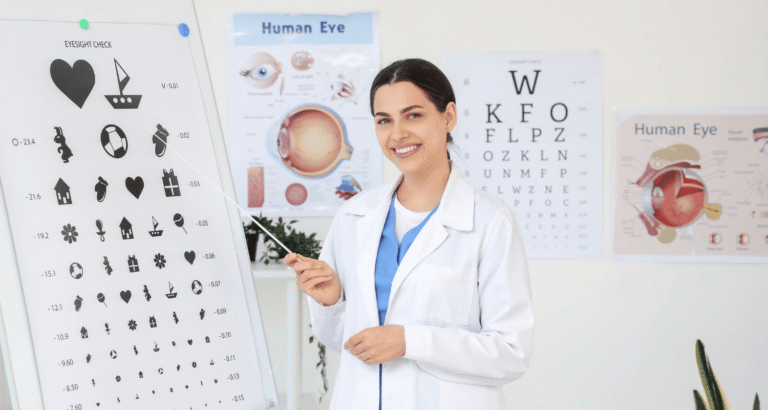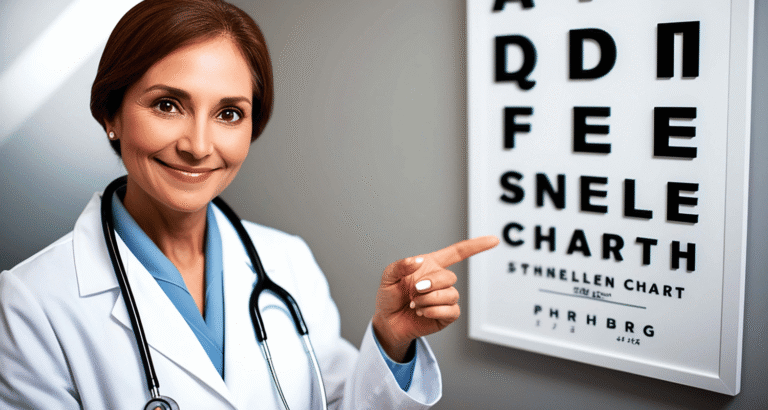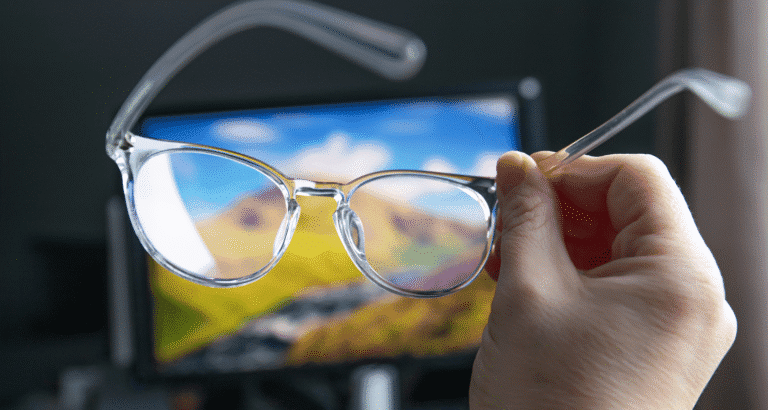Your eyes are among the most sensitive parts of your body. They are constantly exposed to dust, smoke, and allergens, which can lead to irritation, redness, and discomfort. When this happens, many people think about rinsing their eyes. But is a tap water eye flush really safe? The answer depends on the situation, and especially on whether or not you wear contact lenses.
Tap Water and Eye Rinsing Safety
For people who do not wear contacts, using tap water to rinse out a small particle or chemical splash can sometimes help. A gentle flush with clean water may clear the eye and bring relief. When rinsing, tilt your head so the affected eye is lower. This prevents the substance from flowing into your other eye.
However, rinsing your eyes with tap water is not always the safest choice. Even water that looks clean may contain microorganisms. While most of these germs are harmless if swallowed, they can be dangerous to the eye’s surface. That is why safe eye cleaning methods usually involve sterile products instead of plain water.
Why Contact Lens Wearers Should Avoid Tap Water
For contact lens users, the risks are greater. Tap water can carry bacteria, viruses, or amoebae. When trapped under a lens, these organisms may cause serious infections. A rare but severe infection called acanthamoeba keratitis has been linked to water exposure while wearing contacts. This condition can lead to pain, blurred vision, and even lasting damage.
Because of these risks, experts recommend that people with contacts never expose their eyes to regular water. That includes rinsing, showering, or swimming with lenses in place. The safest choice is to use sterile saline alternatives or rewetting drops designed for eyes. These solutions reduce the chance of infection and are more effective at keeping eyes comfortable.
Safer Choices for Eye Irritation
When irritation strikes, there are several eye irritation remedies that are safer than tap water. Artificial tears or lubricating drops can calm dryness and redness. For removing dust or small particles, a sterile saline rinse is best. These products are designed to match the eye’s natural balance and lower the chance of harm.
If you don’t have access to these solutions, clean lukewarm water may be used in an emergency. This should only be done if you are not wearing contact lenses. Remember, water should be a last resort, not a daily cleaning method.
Emergency Eye Flushing
Sometimes, quick action is needed. If you get chemicals, smoke, or sharp debris in your eye, emergency eye flushing is critical. In that case, follow these steps:
- Wash your hands first to avoid adding more germs.
- Use sterile saline or contact lens solution if available.
- If nothing else is handy, use clean, lukewarm tap water.
- Tilt your head so the flow moves from the inner corner outward.
- Keep rinsing until the discomfort eases or help arrives.
This approach helps reduce the risk of injury while you arrange follow-up care.
When to See a Doctor
Even with proper ocular hygiene practices, there are times when professional care is needed. See an eye doctor if you notice:
- Severe or lasting pain
- Swelling, redness, or discharge
- Blurry or decreased vision
- Sensitivity to light
- A stuck object that won’t rinse out
These symptoms may point to infection or injury that requires treatment. Fast attention lowers the risk of complications and protects your long-term vision.
FAQs
Is it okay to flush eyes with tap water?
It may help in emergencies, but sterile rinses are safer.
What happens if tap water goes in your eyes?
Often nothing, but it can raise the risk of infection.
What can I safely flush my eyes with?
Sterile saline, rewetting drops, or artificial tears are best choices.
How long should you flush your eyes with water?
In chemical accidents, flush for at least 15 minutes with steady flow.
